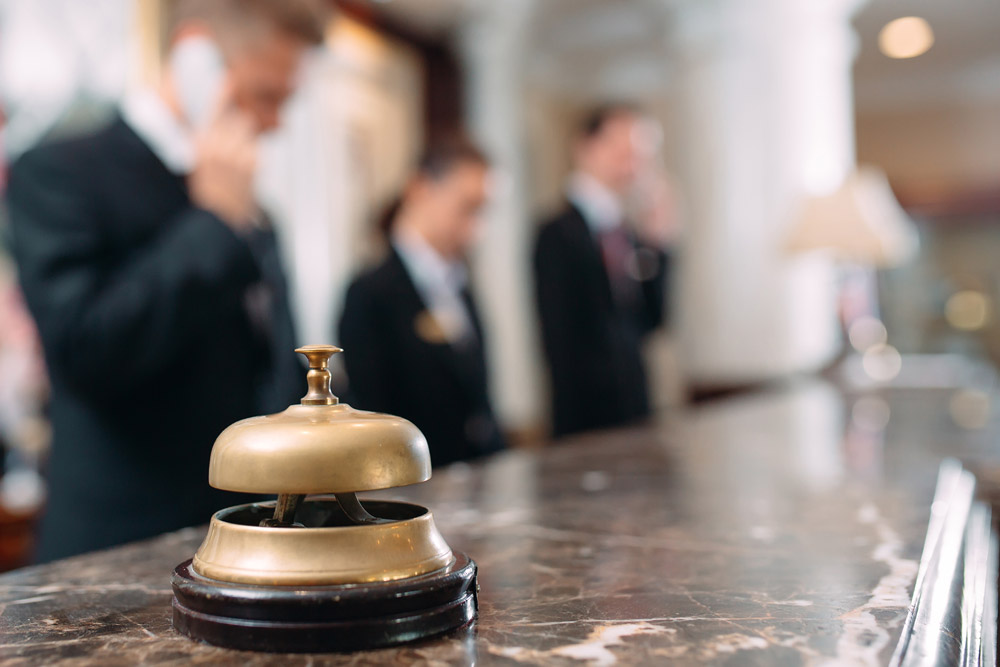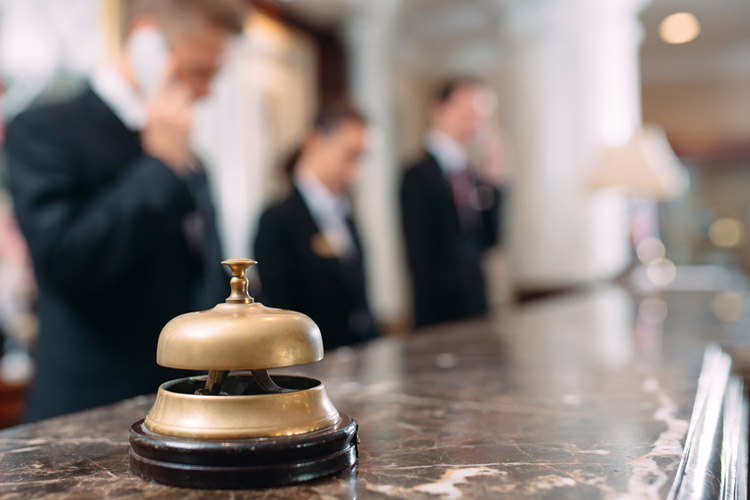
Franchise encroachment has for decades been framed as a new entrant in a given market stealing customers from existing businesses.
But in a recent study published online in March in the Journal of Marketing and forthcoming in a print edition, a researcher from The University of Texas at Dallas suggests that the opening of a new hotel of the same or related franchise brand in the vicinity of existing franchisees can, under certain circumstances, drive — rather than subtract — revenues for existing hotels.
“The hotel industry mainly uses franchising as a way to expand its business,” said Dr. Tongil “TI” Kim, assistant professor of marketing in the Naveen Jindal School of Management and the study’s lead author. “Franchising is a key means for growth and market expansion for many companies. This creates tension between the franchisor and franchisees because their incentives are misaligned. We examine this in the context of multiple hotel brands and consumers’ varying responses to them, which has been understudied.”
According to the International Trade Association, franchising accounts for as much as $890 billion or 50% of all retail sales across 75 industries. The hotel industry accounted for approximately $660 billion in 2019, according to the American Hotel & Lodging Association.
Using hotel sales data from one of the largest hotel chains in the world from between 2007 and 2012, Kim and his co-author, Dr. Sandy Jap of Emory University, employed a structural model to examine customer response to franchise encroachment and subsequent outcomes, such as whether existing franchisee business increased or was cannibalized.
An experiment and a series of simulations found that in markets with few hotels, the addition of a same-brand outlet can lead to modest but significant sales increases for the original same-brand hotel. The researchers found an approximate 2% increase in profits and revenues — $4,300 in revenue and $2,900 in profit per month — for 70% of same-brand existing hotels.
Kim said the reason for increasing customer preference could result from mechanisms such as quality signaling or brand awareness among same-brand outlets.
When multiple goods share a common brand name, this acts as a credible signal, assuring consumers that the products are of high quality. As an example, when a consumer sees multiple hotel locations under the Marriott International brand in a purchase channel that overviews multiple brands, such as Expedia or Kayak, the cluster of outlets may signal the brand’s commitment to a market area.

“Customers appreciate and value additional outlets of a brand — up to a point — as well as when the brands are new or when they share a moniker with other franchise locations of the same brand.”
Dr. Tongil “TI” Kim, assistant professor of marketing in the Naveen Jindal School of Management
“More same-brand outlets can increase awareness of the brand, or simply make the options more noticeable when consumers do an online search for hotels in Dallas, for example,” Kim said.
The positive impact on revenue does not occur when the new outlet is part of a different franchise brand. Adding a different brand hotel does not benefit existing hotel locations and could hurt its performance.
“In other words, brands matter,” Kim said. “We also found that younger brands, cross brands — think of Hyatt and Hyatt Place — and brand bookings through online travel agencies also benefit from having more versus fewer locations.”
When looking to expand, hotel franchisors should prioritize markets with few same-brand outlets for more locations, newer brands in their portfolio and co-branded outlets, Kim said. Increased visibility on travel agency websites also could be helpful.
“The same-brand benefit has its limit,” he said. “If there are already too many Holiday Inns, a new Holiday Inn would not benefit the incumbents because there is already too much competition within the brand. The same-brand benefit is only achieved when there aren’t many Holiday Inns in the market where entry of Holiday Inn occurs.”
On average, encroachment hurts franchisees, Kim said, but the study refutes the assumption that encroachment always results in revenue losses for all incumbent franchisees.
Kim said economists and marketers need to update their view to allow for the scenario that franchisees can benefit from encroachment, which affects fast-food chains and convenience stores as well as hotels.
The findings also help inform the efforts surrounding franchise regulation and demonstrate that customers typically benefit from having more product choices and more competition.
“Customers appreciate and value additional outlets of a brand — up to a point — as well as when the brands are new or when they share a moniker with other franchise locations of the same brand,” he said. “Customers also value multiple same-brand options when booking through websites like Expedia or Kayak.”
